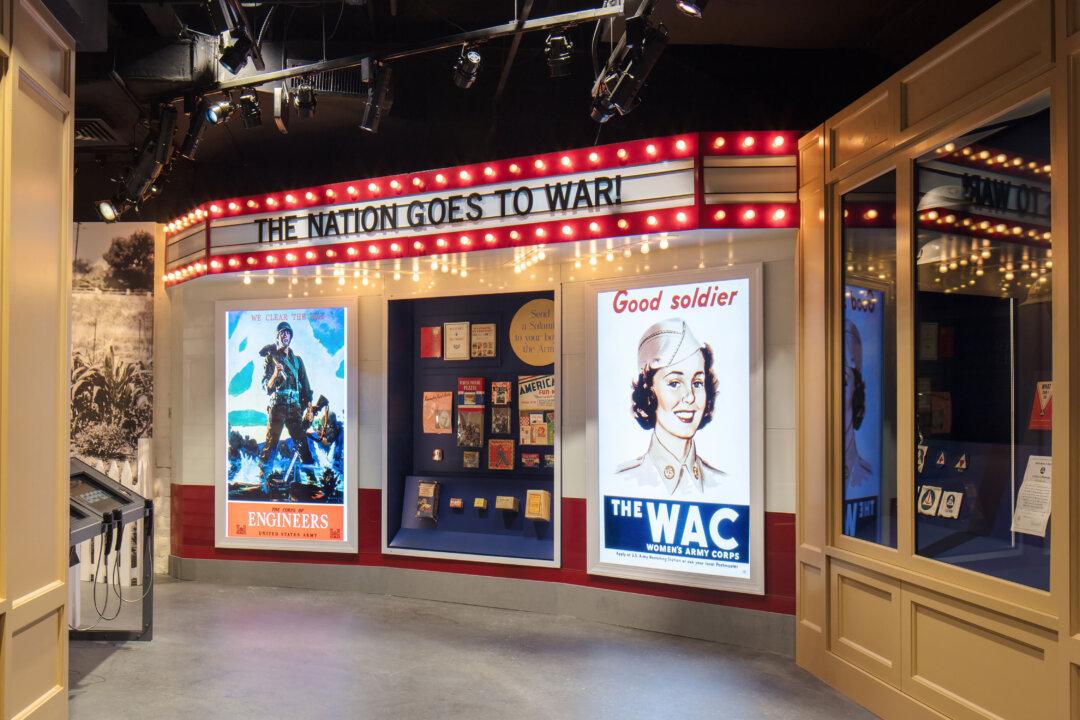One of my great uncles survived his ship sinking in the South Pacific. Another great uncle flew over the Burma Hump several times. Still another great uncle and his brother, who hadn’t seen each other for almost two years after enlisting, scrambled for cover during the Battle of the Bulge, and by chance dove into the same foxhole. My grandmother even enlisted in the Marines with her similar-aged aunt, but a health problem that she tried to hide got her sent home.
There’s a Life magazine photo of that great-aunt that never saw print, but remains in the family. I’m lucky enough to have known all of these relatives and a good number of other veterans of World War II, so, needless to say, a keen interest in that war grew in me from an early age.





